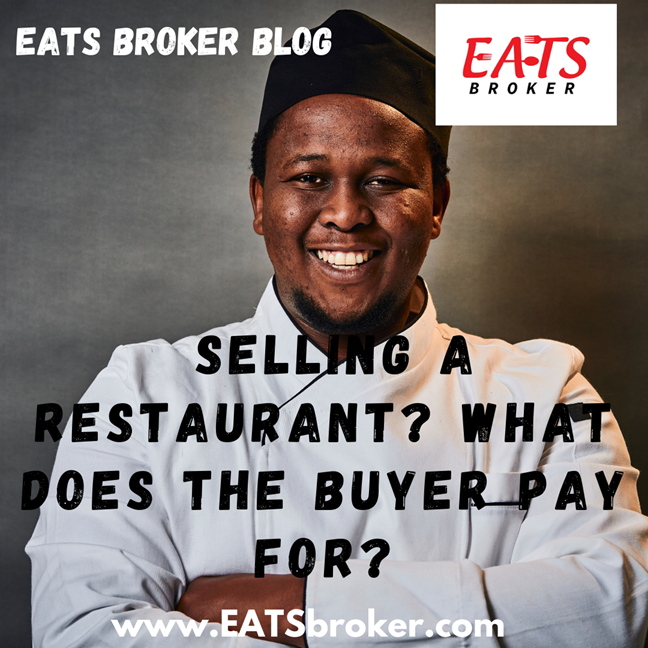
Selling a restaurant? What does the buyer pay for?
When selling a restaurant, most sellers don’t know what the buyer pays for at the closing table besides the listing price. Outside of the listing

When selling a restaurant, most sellers don’t know what the buyer pays for at the closing table besides the listing price. Outside of the listing
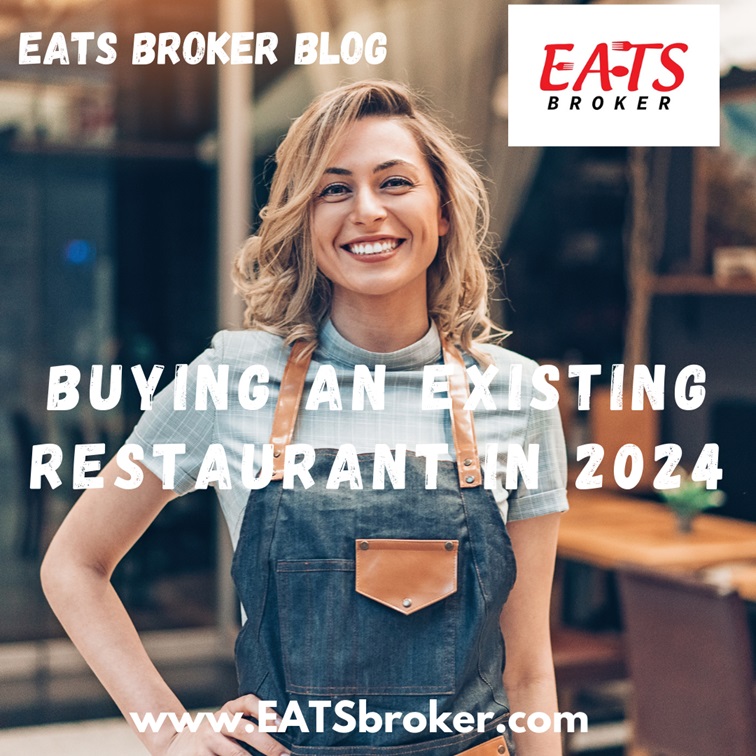
Buying an existing restaurant in 2024 can be a great way to start the year. Buying a restaurant already established and built out can be
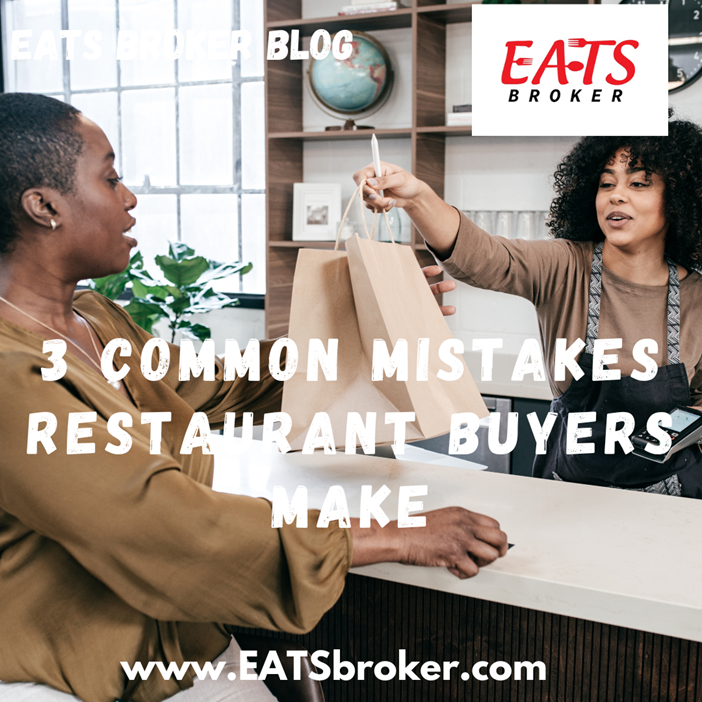
What are the Common mistakes restaurant buyers make when buying a restaurant? The answer is complicated but simple at the same time. There are several
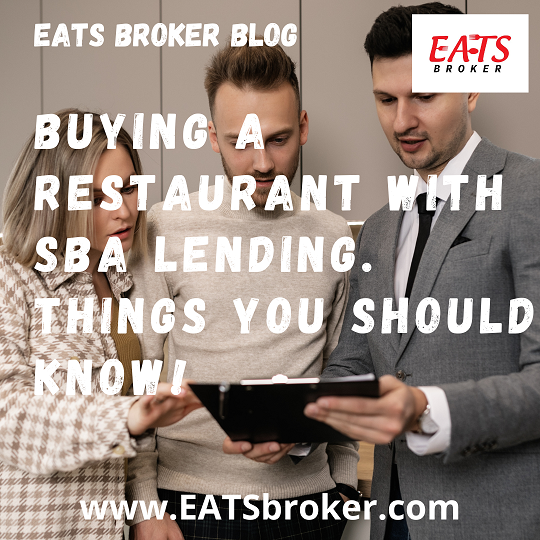
Buying a Restaurant with SBA lending is a great opportunity for buyers to finance up to 90% of the total acquisition cost. Restaurant Acquisitions are
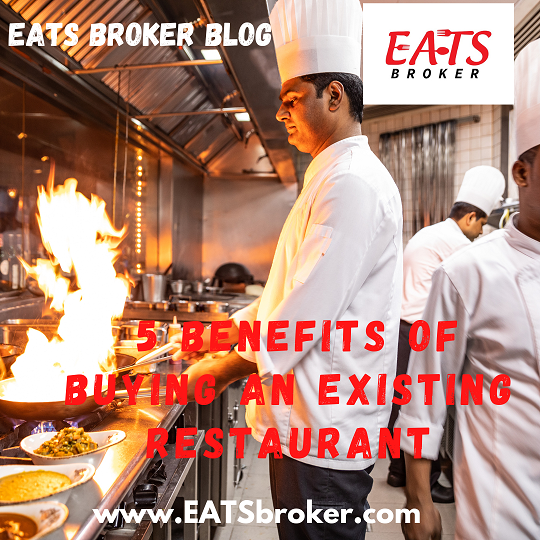
The 5 Benefits of Buying an Existing Restaurant have many positive attributes. The current restaurant owner has built a proven business model, established a client
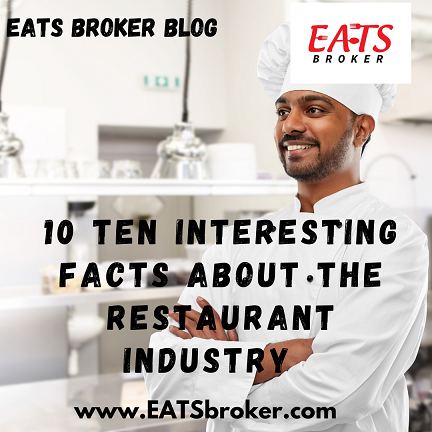
It’s easy to find interesting facts about the Restaurant Industry. The National Restaurant Association publishes a Restaurant Owner Demographics Data Brief every year. After reading
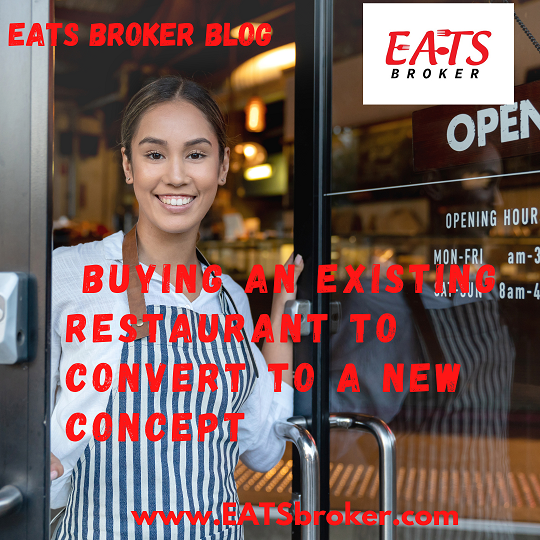
Buying an existing restaurant to convert to a new concept is an excellent way for a non-experienced restaurant owner and an experienced restaurateur to become
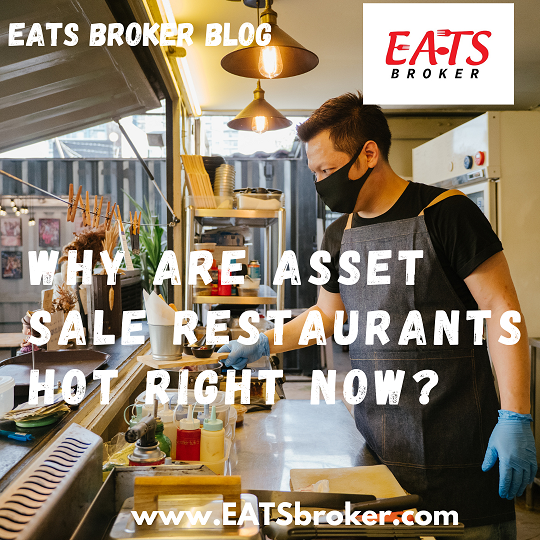
Asset Sale Restaurants are HOT right now because several restaurant owners that need to sell were not profitable in 2022. What is an Asset Sale
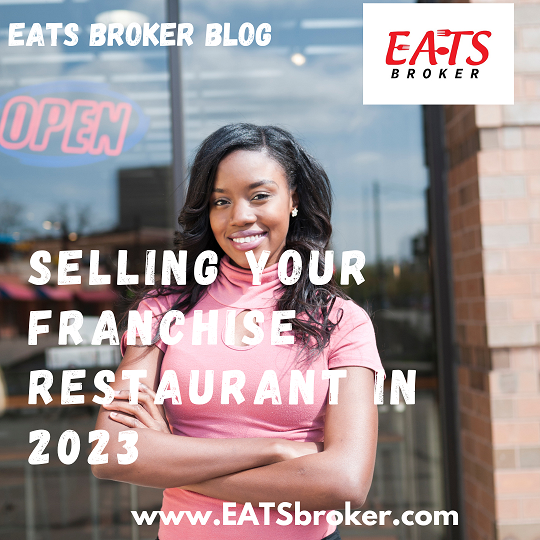
Are you thinking about selling your franchise restaurant in 2023? We have finished the Holiday season, and now it’s time to get ready to start
© Copyright 2024 EATS Broker | Consumer Protection Notice | Information About Brokerage Services